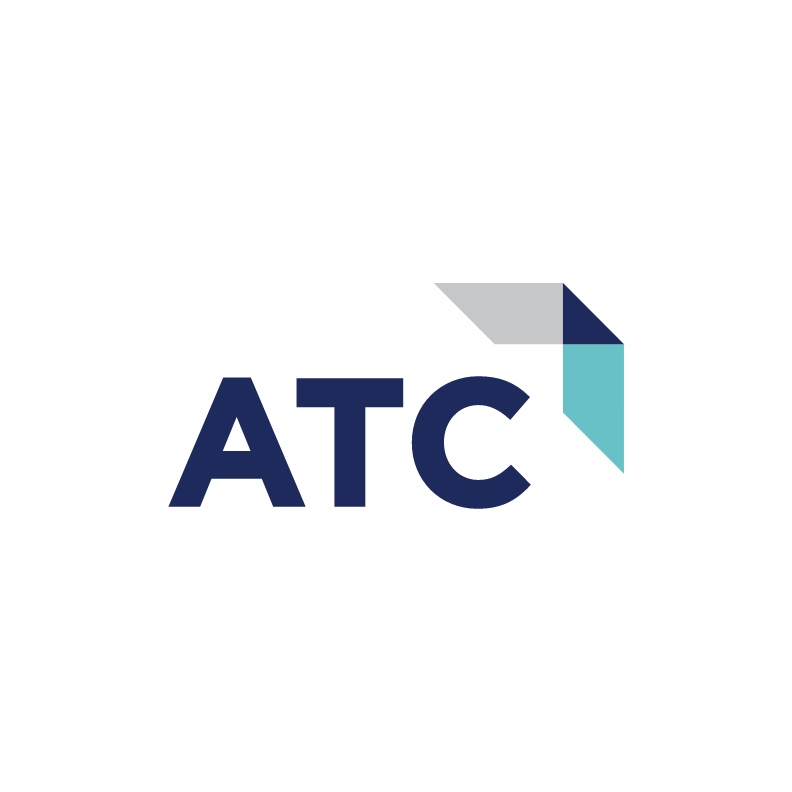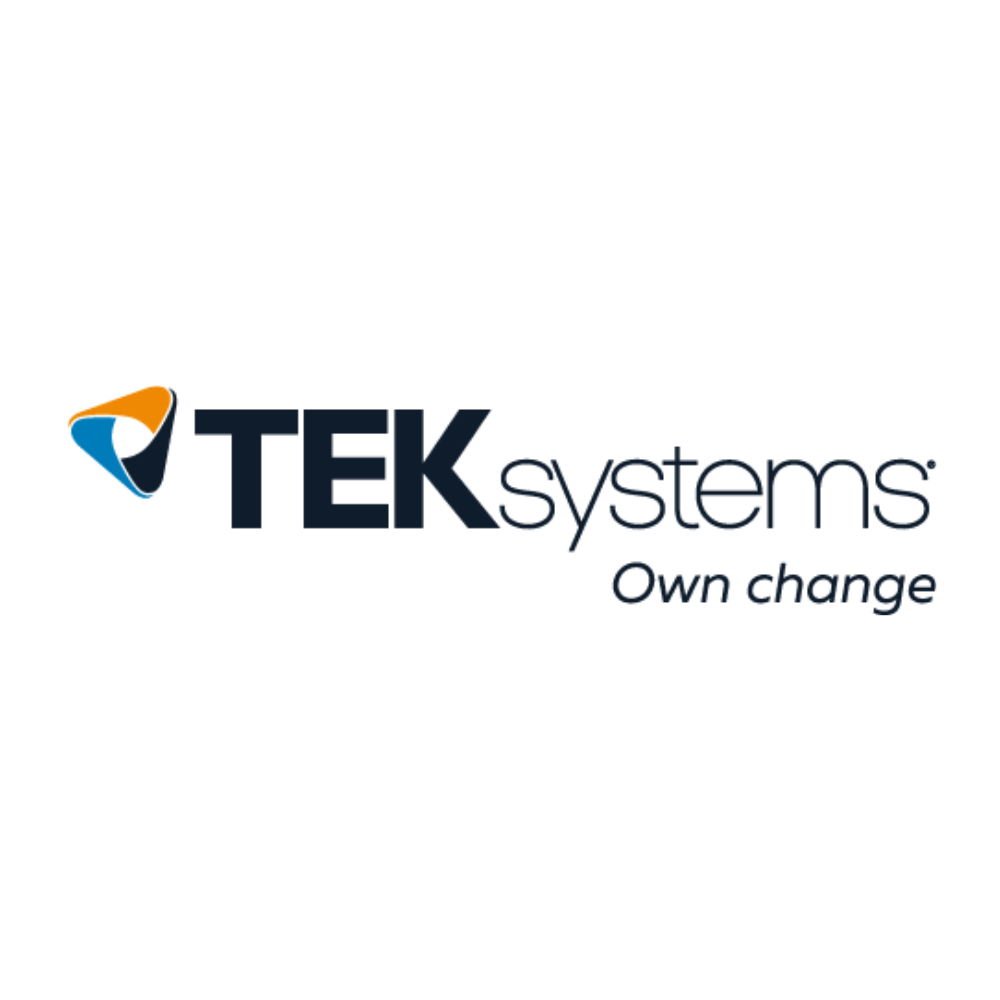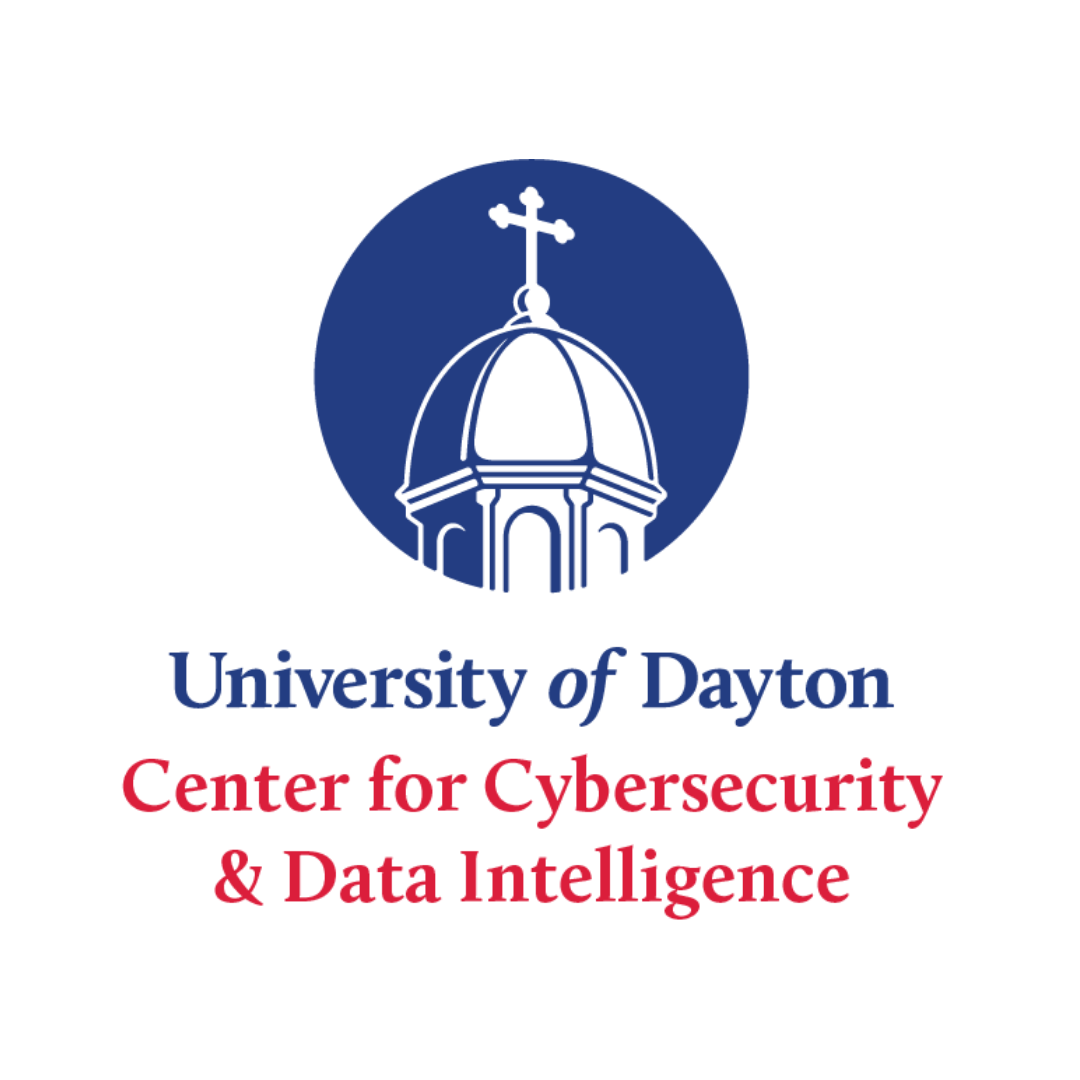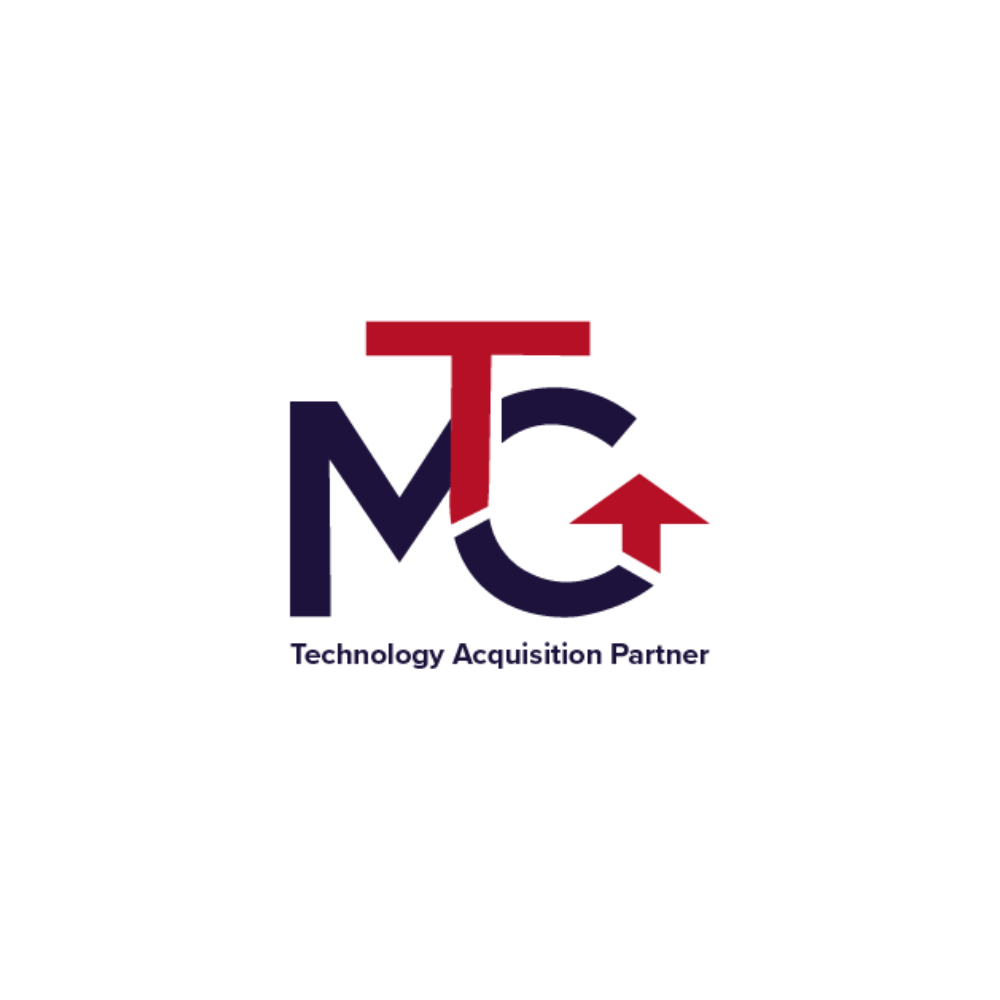
The ever-expanding digital footprint of modern organizations is causing business owners to rethink their security technology stack to address sophisticated new threats. To better manage cyber risk, businesses are evolving and reframing security practices in preparation for the changing cybersecurity landscape. Unfortunately, managing risk is getting more complex every day. Bad actors have adopted their own organizational structure complete with HR, recruiting, training, finance, operations, and development teams. And worse? They use the same tools that the IT community knows and loves.
Some of the go-to-market strategies for cyber criminals involve outsourcing, brokering software, and forming partnerships with other vendors. The web of cyber connectivity that has been woven is extraordinary and has evolved into a professional ecosystem that allows them to attack with impunity. As a result, stronger risk management practices are needed now more than ever. The National Institute of Standards and Technology (NIST), indicates that 93 percent of intentional breaches in 2021 were financially motivated, with only six percent of reported incidents attributed to espionage.
So how do organizations protect themselves against such an intricate ring of cybercrime on a global scale?

The Cost of Cyberattacks on a Global Scale
Globally, the average cost of a data breach increased by 10 percent in 2021, reaching $4.3 million, up from $3.8 million in 2020, according to a recent data breach report conducted by IBM and the Ponemon Institute. The U.S. has continually ranked at the top of the list for costs, increasing from $8.6 million in 2020 to $9 million in 2021. With the cost of breaches on the rise, it’s no surprise that spending on security technology is on the rise as well.
Worldwide spending on information security and risk management technology and services is expected to skyrocket in the next few years. According to a Venturebeat cybersecurity forecast, Gartner predicts end-user spending for the information security and risk management market will grow from $172 billion in 2022 to $267 billion in 2026, attaining a compound annual growth rate (CAGR) of 11 percent. Many businesses are seeking outside aid and partnering with IT consulting firms and cybersecurity experts to help them gain a better understanding of the solutions and services landscape.
Build a Defensible Cybersecurity Posture
A sound security strategy provides unified and reliable protection of your assets from potential threats. Today, every business is vulnerable to attack, not just major global brands, and the consequences of being unprepared can be catastrophic. That’s why along with the constant changes in the cybersecurity landscape, there has to be a continuous change in mindset.
The dialogue around security has evolved as shown below:
- Organizations ask, “What if we are targeted?”
- Organizations ask, “Are we ready for when they attack?”
- Organizations are now asking, “Assuming we’ve already been compromised and don’t know it yet, how can we beef up our cybersecurity posture?”
As the digital footprint of organizations expands, centralized cybersecurity control becomes obsolete. If you’re not looking into encrypted network traffic, you won’t have security. This shift in mindset is the fundamental principle that drives the concept of zero trust.
Zero Trust: What and Why You Need It to Protect Your Business
Protecting the modern business requires a new approach to security, and many are turning to zero trust. A cloud-native zero-trust platform is built on a proxy-based architecture that sits between the user and the Internet to provide secure access with full SSL inspection at scale. The core concept of zero trust is simple: Assume everything is hostile and always verify. In a zero trust architecture, a resource’s network location isn’t the biggest factor in its security posture anymore. Your data, workflows, and services are protected by software-defined micro-segmentation, enabling you to keep them secure anywhere; in your data center or in distributed hybrid and multi-cloud environments.
All data must be protected everywhere—on-premises, in the cloud, in SaaS applications, as it travels on the network, etc. To provide the best possible security, organizations should have all their different layers of defense working together while leveraging the cloud, so that when an issue in any layer is uncovered, the rest of the layers will be informed for total protection.
The painful reality is that all organizations are under attack—whether opportunistic or targeted—and the cybersecurity landscape is continually changing while the attack surface increases and the perimeter dissolves. The new paradigm in security is simple: assume the bad guys are in the system and plan accordingly.
The above submission is compliments of ATC’s Tech Advisor series. Advanced Technology Consulting (ATC) specializes in digital transformation in four core areas; voice, network, cloud, and cybersecurity. In 2023, ATC will be a Technology First annual partner for five years running. For Taste of IT, ATC will be presenting on “SASE, The Edge, and Zero Trust” and exhibiting in booth #11.














.png)




